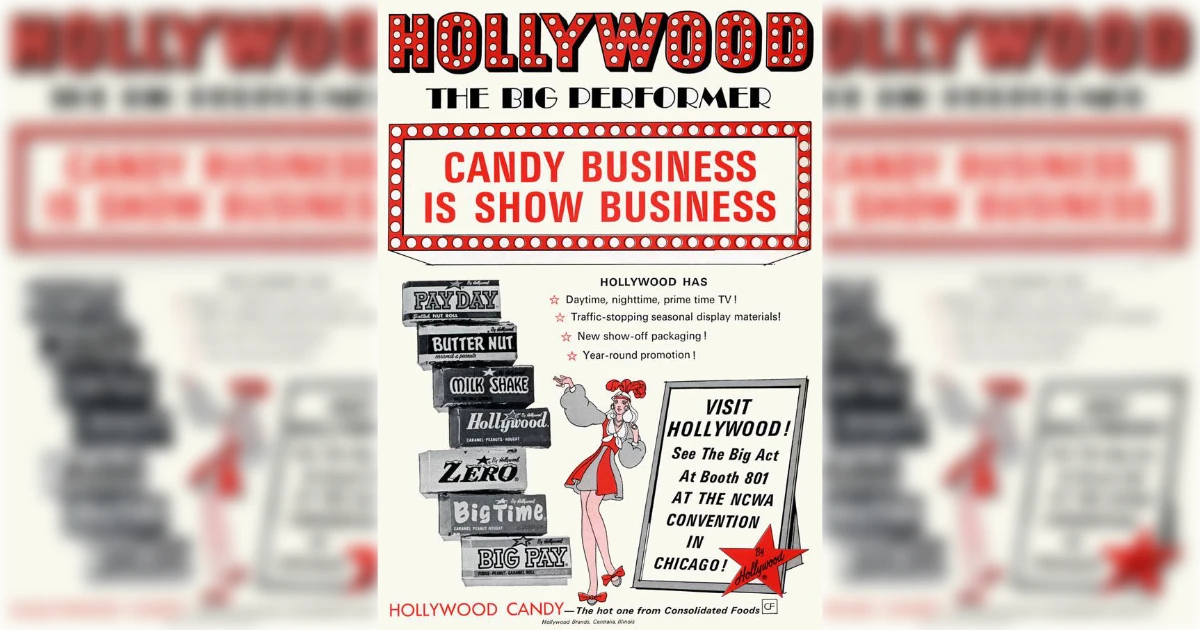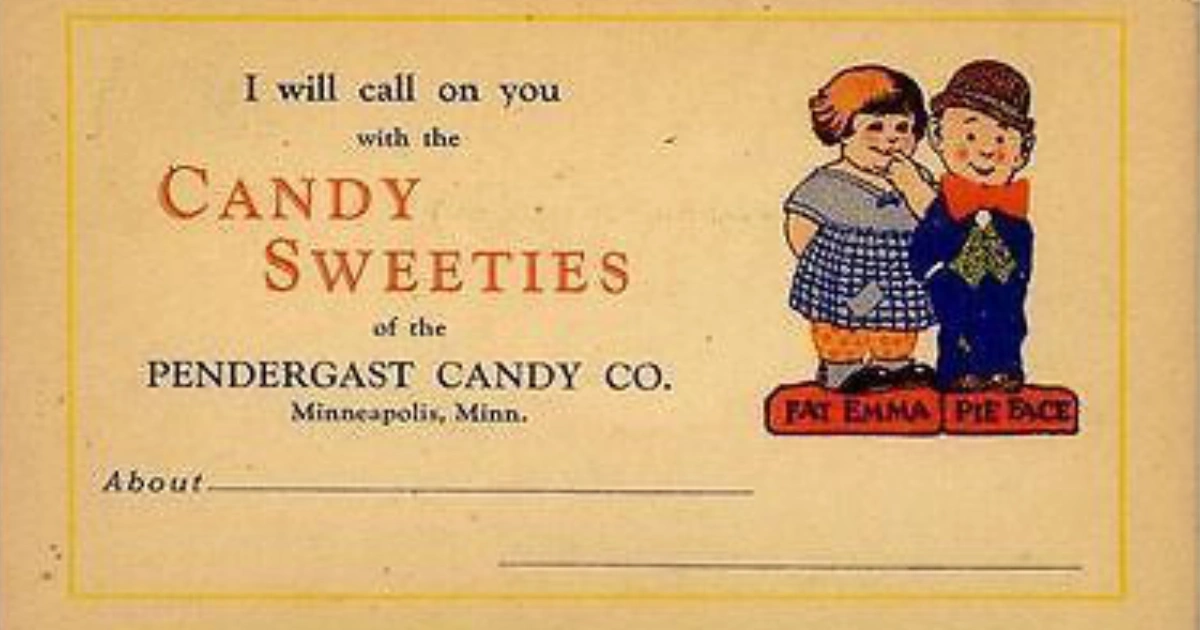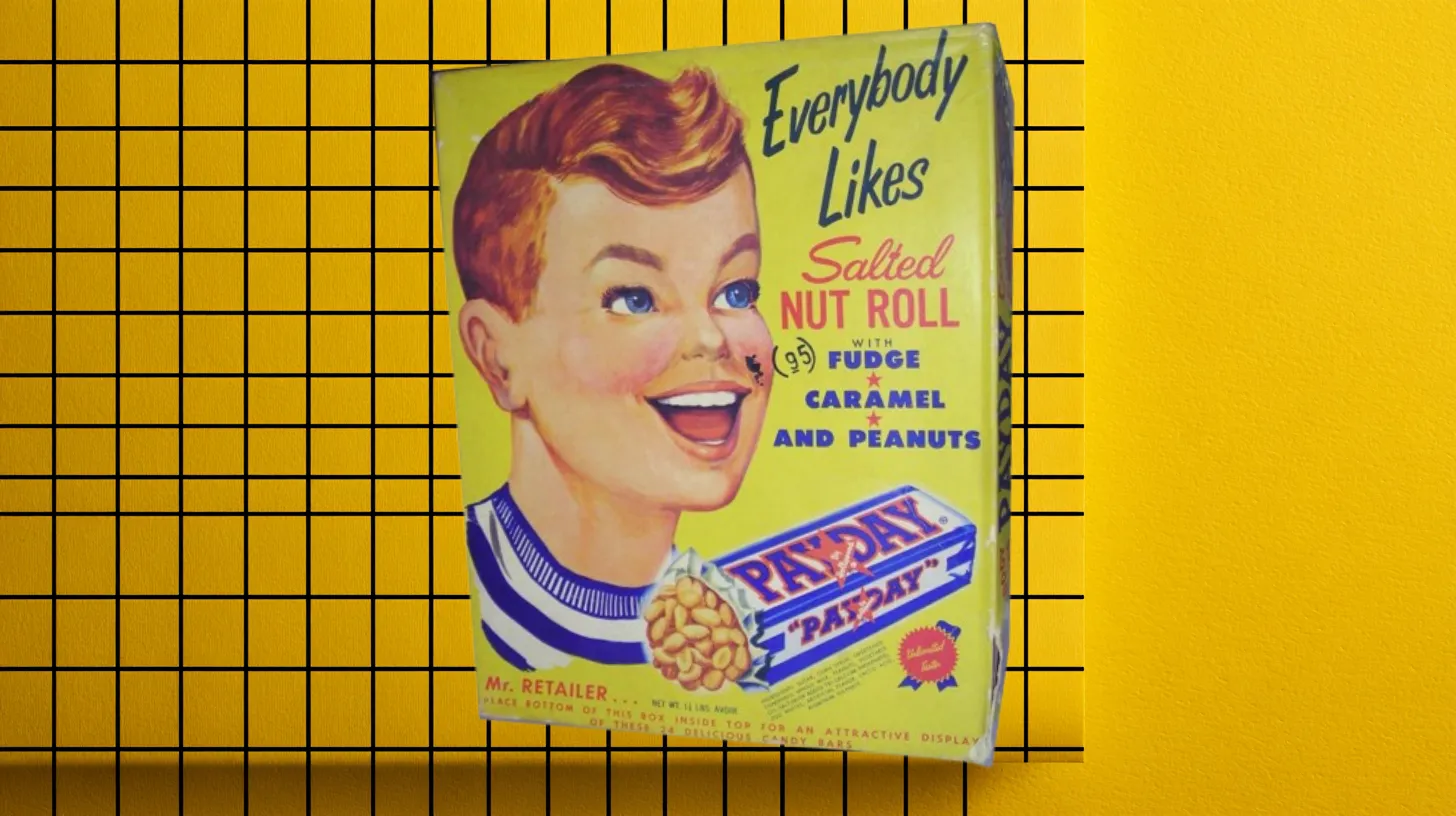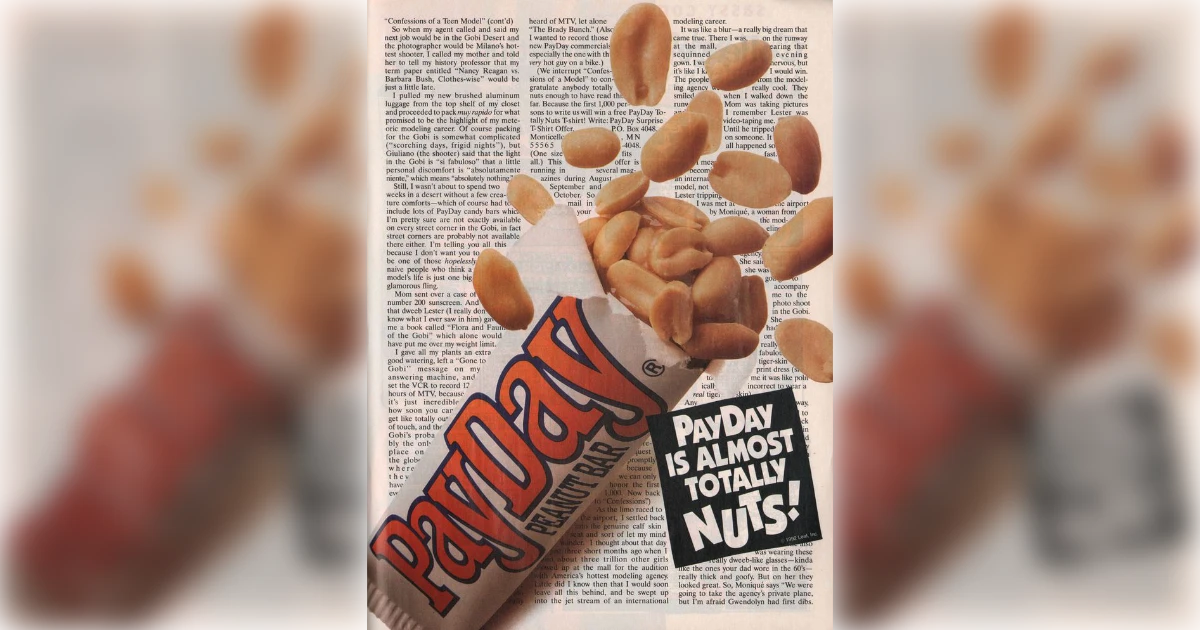.webp)
The Hershey Company
The best businesses often start by accident. Frank Martoccio never planned to make candy. He just needed a machine for his pasta factory. This is the history of how an accident became the popular Payday candy bar.

In 1911, Frank Martoccio owned the F.A. Martoccio Macaroni Company in Minnesota. When his pasta machine burned out, he found a replacement at a defunct candy factory called Pratt and Langhoft.
The seller convinced him to buy the entire operation, not just the machine.
This is how the macaroni maker became a candy maker.
By 1912, Martoccio founded the Hollywood Candy Company in Hollywood, Minnesota. His first success was the Butter-Nut bar in 1916. Then came the Zero bar in 1920, with its white coating that didn't melt in the heat. This solved a problem that plagued summer candy sales.

In 1927, Martoccio bought the Pendergast Candy Company so that he could get their method for making fluffy nougat.
Frank Mars later copied this technique for his Milky Way bars.
Martoccio combined the nougat expertise with his own innovation—a coating that prevented melting. He sold chocolate bars for 3 cents while Hershey charged 5 cents.

March 1932. Martoccio's team created a new candy bar. It featured salted peanuts wrapped around sweet caramel nougat. It used no chocolate coating.
Someone in the room, surrounded by workers picking up paychecks, suggested the name. That name was Payday.
The timing was perfect. America was deep in the Great Depression. People needed affordable nutrition. At 5 cents, Payday wasn't marketed as a treat. It was a meal replacement.
The peanuts provided protein. The caramel delivered energy. For broke Americans, Payday offered sustenance.

In 1938, Martoccio moved operations to Centralia, Illinois.
The 1950s were a great time for creative marketing for the brand. Hollywood Candy painted a Crosley Super Sport to look like a Zero bar wrapper and hired someone to drive it around town dressed as the Zero character.
In 1967, after 35 years, the Martoccio family sold Hollywood Brands to Consolidated Foods, which later became Sara Lee.

November 1980. A fire destroyed the Centralia plant.
L.S. Heath and Sons, makers of Heath bars, kept Payday production alive while Sara Lee rebuilt. The brand survived.
In 1988, Leaf Candy Company bought Hollywood Brands. Eight years later, The Hershey Company bought Leaf North America.
Payday found its permanent home.

Hershey kept the original recipe but added variations. The Honey Roasted Limited Edition appeared in 2003. PayDay Pro, targeting fitness enthusiasts, launched in 2005. The PayDay Chocolatey Avalanche arrived in 2007, but the chocolate was discontinued, then returned again permanently in August 2020.
Today, Payday delivers 3.8 grams of protein per ounce—high for a candy bar. It's gluten-free and comes in standard and king sizes.
Production continues at Hershey's Robinson, Illinois, plant. Millions of bars roll off the line each year, still featuring its famous salted peanuts and sweet caramel.